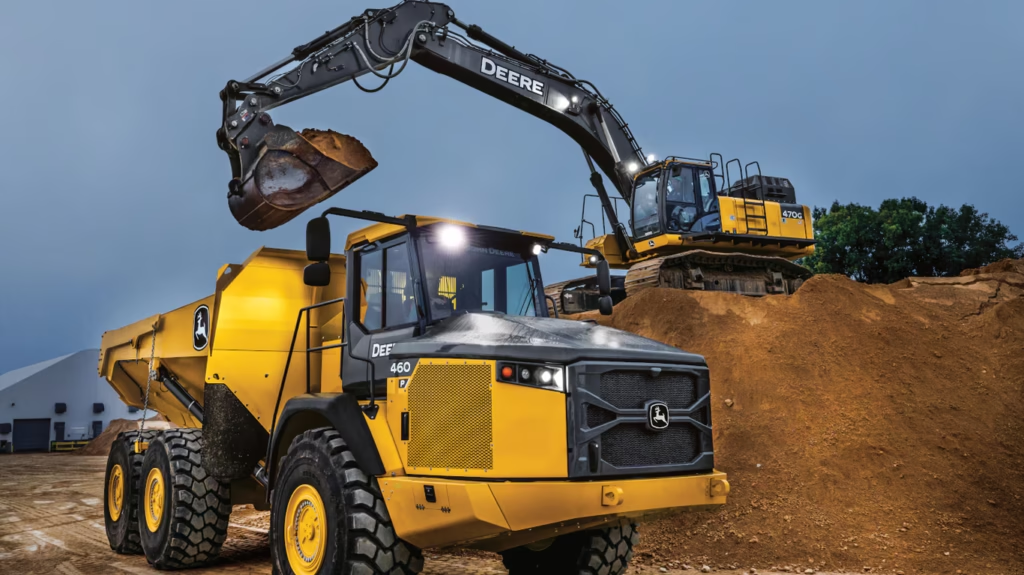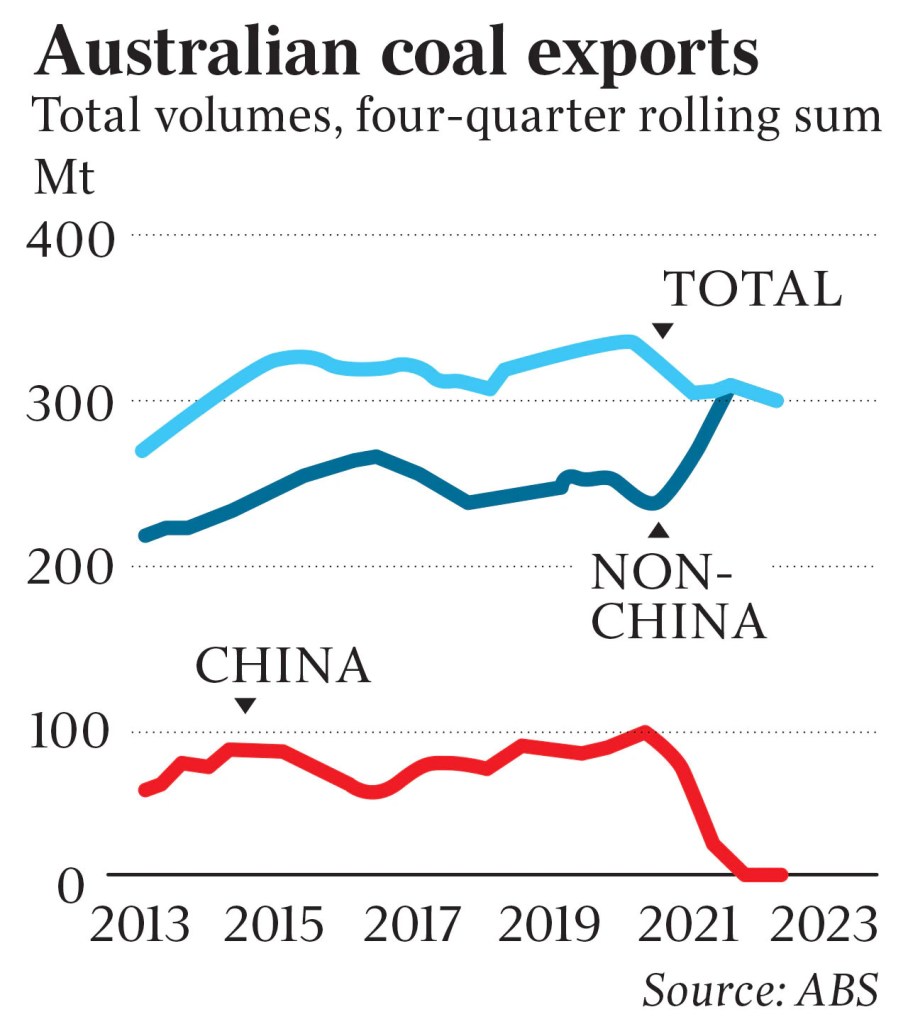What if a missile fired halfway across the world made your groceries more expensive, your truck stop running, and your dinner plate a little more… empty?
Sounds like a movie, right? But it’s not. It’s unfolding right now — in real life.
Tensions between Israel and Iran have turned hot. Strikes. Counterstrikes. Disrupted energy flows. And while the fighting is regional, the ripple effects? They’re global.
Because when natural gas pipelines get shut off, and urea factories go dark, it doesn’t just impact the headlines. It hits your food, your fuel, and your freight.
Suddenly, fertilizer prices soar. Trucks that need diesel exhaust fluid (DEF) start slowing down. And yes — even lobsters, millions of them, died waiting in customs because of this chain reaction.
This isn’t just international news.
This is your supermarket. Your gas pump. Your daily life.
So what connects lobsters, iron ore, fertilizer, and freight trucks?
The answer is stranger than you think — and we’re about to break it down.

Table of Contents
Lobster Blocker: When Aussie Mates Turn Trade Haters

1. Australia and China used to be best buddies.
2. China was buying heaps of Aussie resources—Australia rolled out the VIP treatment.
3. Then COVID hit, and Australia asked China to investigate the outbreak.
4. China didn’t like that—and hit back hard with steep tariffs.
5. They imposed a 200% tariff on Aussie wine, cut imports of coal, beef, and timber, and labeled Australian lobsters “metal-tainted.”
6. Remember, these were live lobsters—not canned!
7. Live lobsters must clear customs in two days or die—yet China said they’d test every single shipment.
8. Millions of lobsters perished in customs — triggering strong public backlash in Australia.
9. Public outrage made it politically impossible for Australia to back down.

Tariff Tit-for-Tat: Iron Ore Strikes Back

10. Australia struck back.
11. They doubled the price of their iron ore exports to China.
12. At the time, over 60% of China’s iron ore came from Australia.
13. China couldn’t just ban it—they had no replacement.
14. Brazil was the only backup, but COVID slowed their mining.
15. That price bump brought Australia around $136 billion, covering losses from coal and more.
16. Trade disputes over wine or lobster are one thing—but iron ore? That touched a nerve.

Coal Fumble: China’s Cheap Swap, Big Trouble

17. China thought wine and lobster were easy to replace—but coal? Not so much.
18. They switched to coal from Indonesia and Mongolia.
19. But this coal wasn’t as energy-dense.
20. Aussie coal packs about 5,500 kcal/kg—just right for power plants.
21. Indonesia/Mongolia coal? Around 3,000 kcal/kg—much weaker.
22. That meant lower efficiency for power plants.
23. Lower efficiency = less electricity.
24. Then a flood hit Shanxi, submerging coal mines.
25. That slashed China’s domestic coal output.
26. With winter coming and 60% of energy from coal, China was feeling the heat.

Urea Shockwave: When Coal Cuts Hit the Crops

27. The ripple reached fertilizer—specifically urea.
28. The cheapest way to make urea? Coal: extract ammonia, add CO₂.
29. Coal is the secret ingredient in urea production.
30. With Aussie coal blocked and Chinese mines flooded, China feared winter coal shortages.
31. On October 15, 2021, they stopped exporting urea.
32. That triggered a global fertilizer crunch that winter.

Diesel Squeeze: America’s Secret Pee Freeze

39. Urea fluid (aka “DEF”) is basically crystal-clean “pee water.”
40. Sprayed into diesel exhaust, it turns harmful emissions into harmless nitrogen and water.
41. In the U.S., DEF is used in diesel vehicles and agriculture.
42. Passenger cars only need a little—usually just a top-up at oil changes.
43. But big trucks go through it fast.
44. A dump truck might burn 10 liters of DEF every 450 miles (700 km).
45. If it runs out, the engine slows or shuts off to meet EPA emissions rules.
46. You might spot droplets behind a truck—that’s DEF doing its job.
47. DEF is made of 32.5% urea and 67.5% purified water.
48. In the U.S., dozens of plants blend DEF—they import urea and package it, but don’t produce raw urea.

Global Urea Trap: Cheap Now, Pain Later
50. By 2025, many countries scaled back coal mining for climate reasons.
51. Coal used to make urea, but now most nations use natural gas.
52. Still, global supply relies on exporters like China, Russia, and the Middle East.
53. Once a country shuts down urea plants, restarting them is tough and costly.
54. Today, big chemical companies dominate the DEF and fertilizer markets.
55. Urea was once a national food-security tool—critical in ending famines.
56. Stable urea supply helped boost global crop yields.
57. As markets globalized, many countries switched from making to importing urea.
58. Cheap Chinese and Russian urea pushed many old plants out of business.
59. Now most countries import urea and focus on blending and distribution.

Missiles & Markets: War Pumps the Urea Boom

60. Ongoing military tensions between Israel and Iran have disrupted key natural gas flows, indirectly affecting the global urea market.
61. As regional tensions escalated, Israel temporarily paused its natural gas production.
62. Egypt, the world’s #5 urea exporter, relies on that gas.
63. When gas stopped, Egyptian urea plants shut down too.
64. Iran, the #3 exporter with about 4.5 million tons/year, also experienced production halts due to regional conflict escalation.
65. That knocks out the #3 and #5 worldwide.
66. Russia (#1) is already limiting exports due to its war situation.
67. China (#2) cut exports from 5 million to around 2 million tons.
68. Even if a ceasefire happens, restarting plants and repairs will take months.
69. That means urea supply is tight—and prices are climbing.
70. Fewer suppliers = higher prices, no mystery.
71. That pushes up fertilizer costs globally—farmers in Brazil, Argentina, India and more will feel it in every harvest.

Why Smart Countries Always Have a Plan B

Imagine the U.S. with zero ability to produce something as essential as urea. One major storm. One political crisis. One export ban. Suddenly, food prices spike. Diesel trucks slow down. Farms get hit hard.
Now here’s the twist — Japan saw this coming.
They don’t make urea because it’s cheap.
They make it because it’s smart.
Even when imports are cheaper, Japan still keeps part of their supply local.
Not out of pride — but out of preparedness.
Because when global trade flips upside down, you don’t want to be caught empty-handed.
And here’s what’s really wild:
The full impact of the current urea shortage hasn’t even hit yet.
Fertilizer works on a delay — and that delay is ticking.
Food prices, crop yields, even trucking costs?
They might all feel the squeeze later this year.
Urea may sound boring.
But in a connected world, it’s the quiet MVP that keeps store shelves stocked… and America moving.
Discover more from Alphazen Dynamics
Subscribe to get the latest posts sent to your email.



